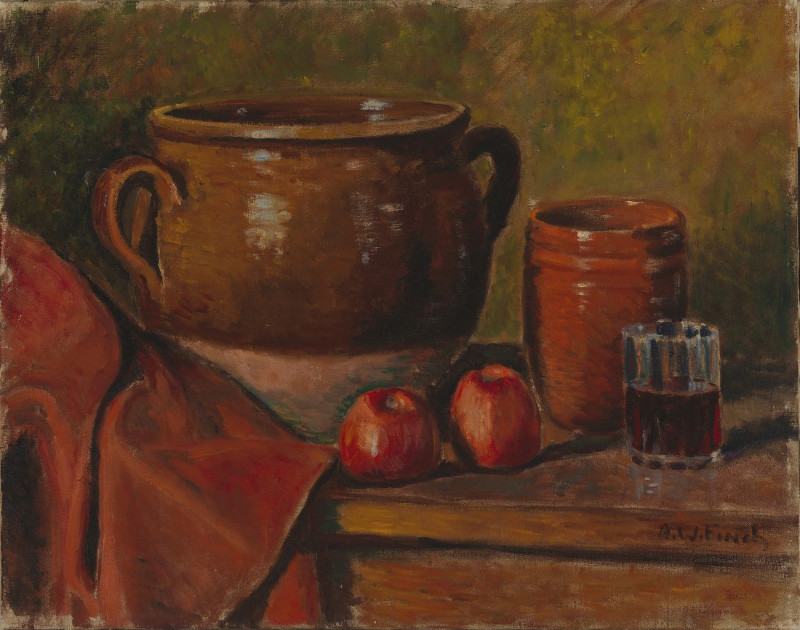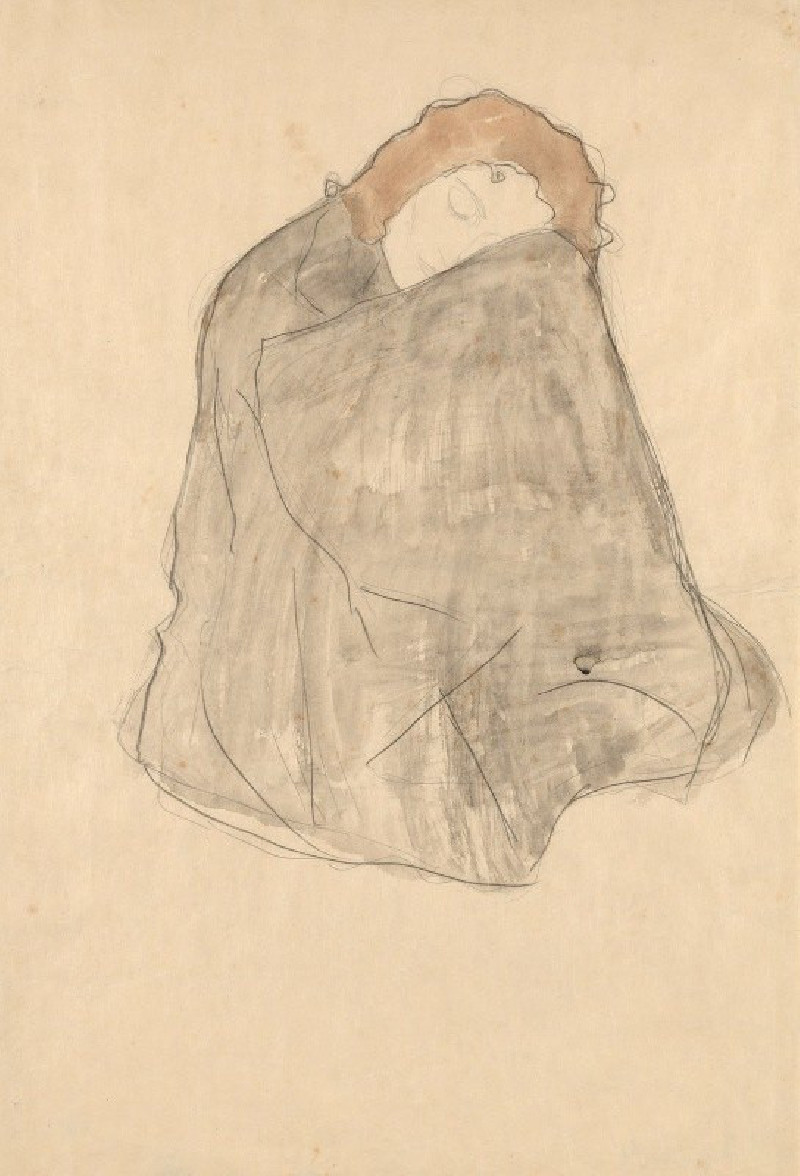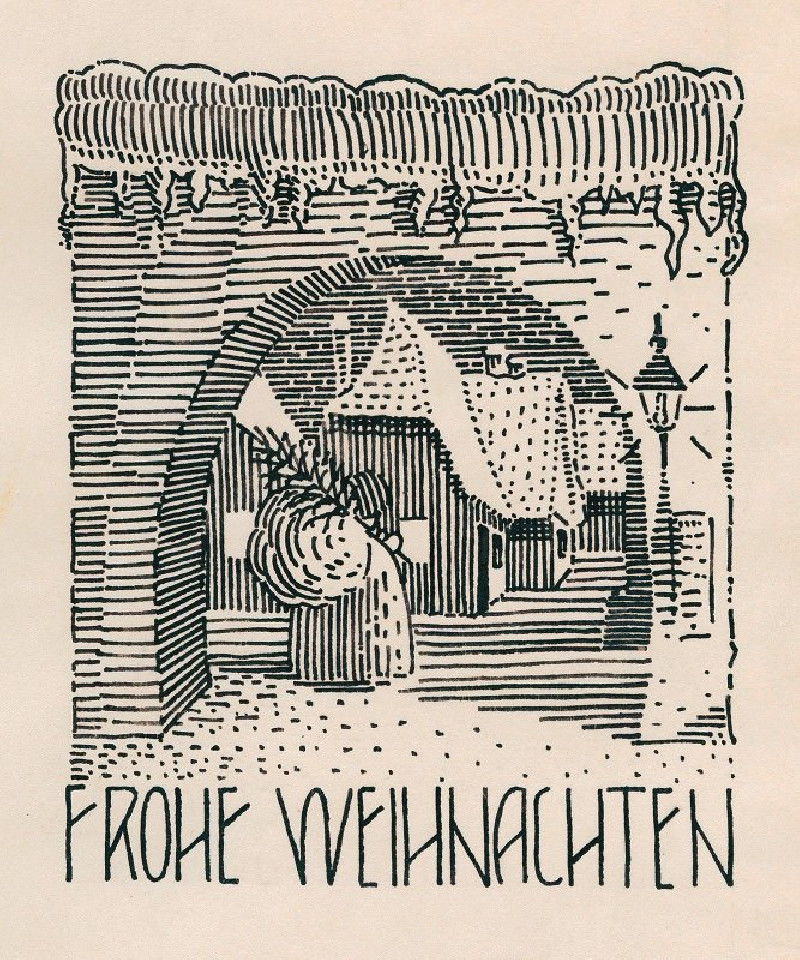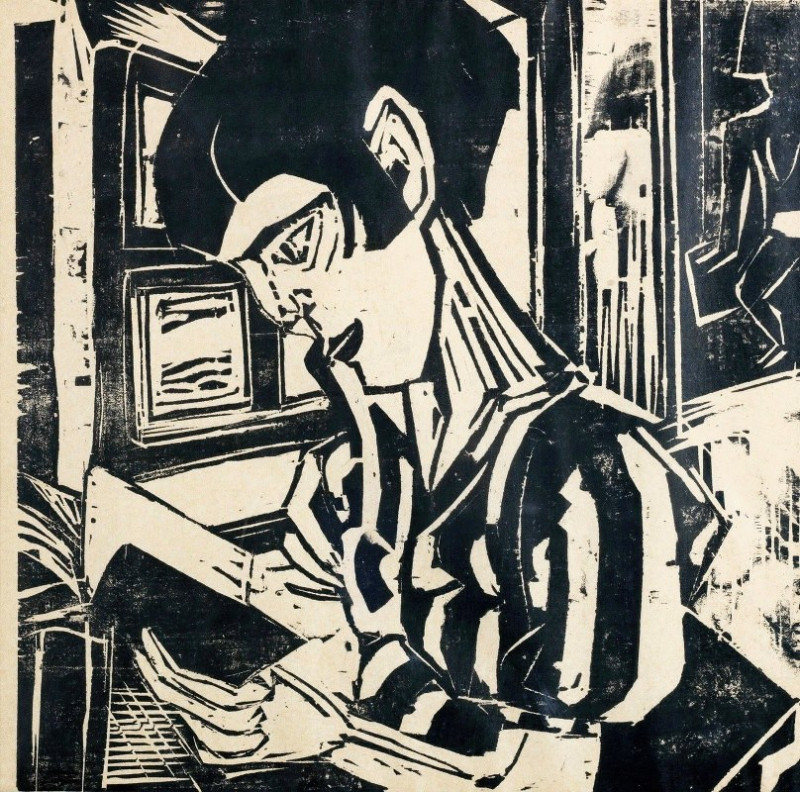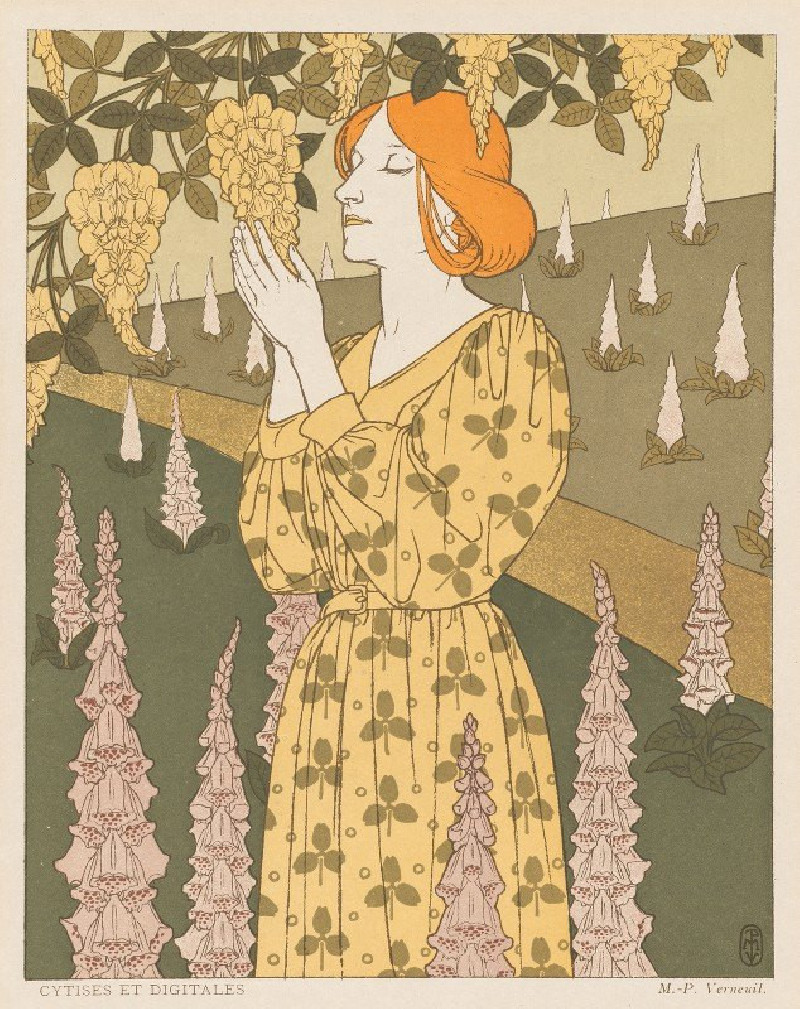Lézardrieux, Le Pont Suspendu
Technique: Giclée quality print
Recommended by our customers
More about this artwork
"Lézardrieux, Le Pont Suspendu," a captivating painting by renowned artist Maximilien Luce, captures a serene and picturesque landscape that seems both timeless and immediately engaging. At first glance, the viewer’s eye is drawn to a quaint, seemingly aged wooden house perched precariously over the riverbank. Its dark blue hues contrast strikingly with the warmer tones of the rocky foundations below.In the background, the elegance of a suspended bridge stretches across the canvas, harmoniously connecting the lush, verdant hills that frame the river. This bridge, a feat of both engineering and artistic depiction, not only serves as a vital link within the painting but also enhances the sense of depth and scale.Adding life to the scene, a small sailing boat with a white sail drifts gently on the shimmering waters, likely navigating the calm river currents. The artist employs a vivid yet softened palette, with the blues of the river and sky merging subtly with the greens and earth tones of the landscape, creating a harmonious and soothing visual effect.
Delivery
Returns
Maximilien Luce was a prolific French Neo-impressionist artist, known for his paintings, illustrations, engravings, and graphic art, and also for his anarchist activism. Starting as an engraver, he then concentrated on painting, first as an Impressionist, then as a Pointillist, and finally returning to Impressionism.

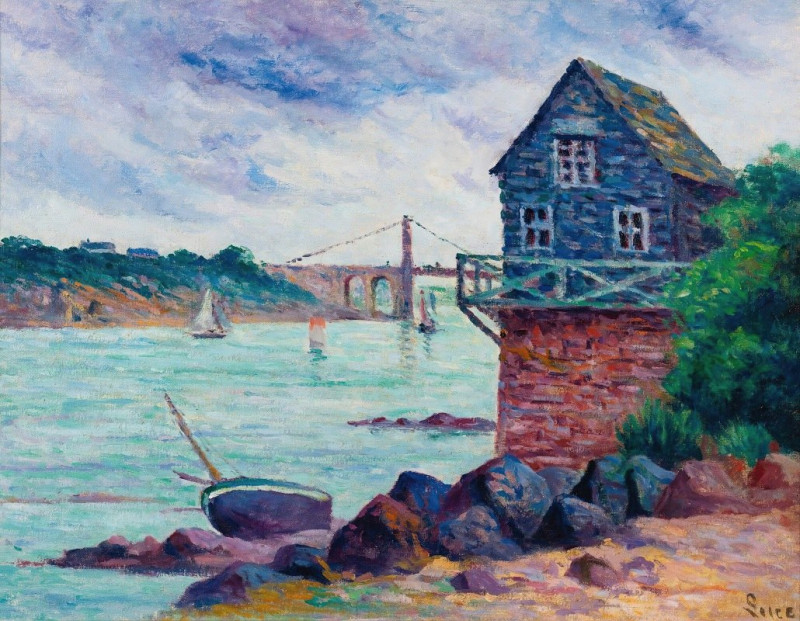
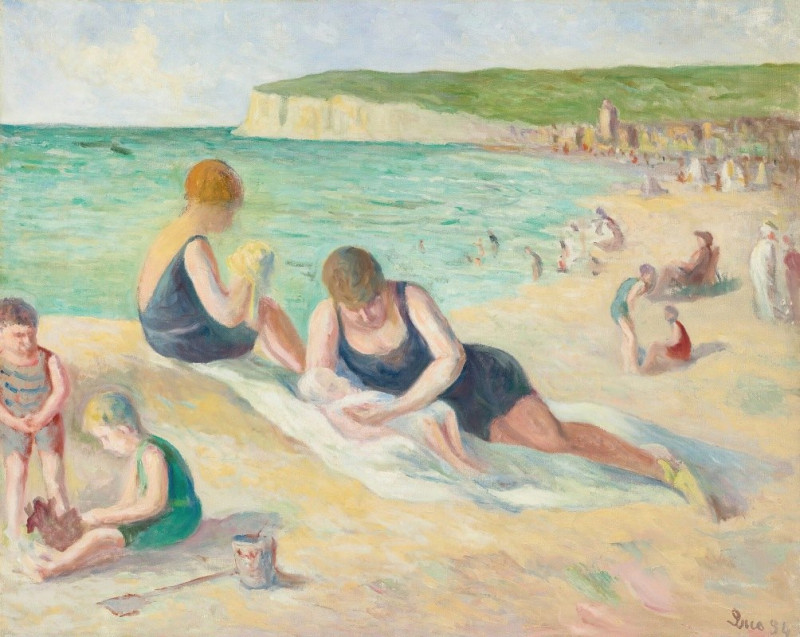
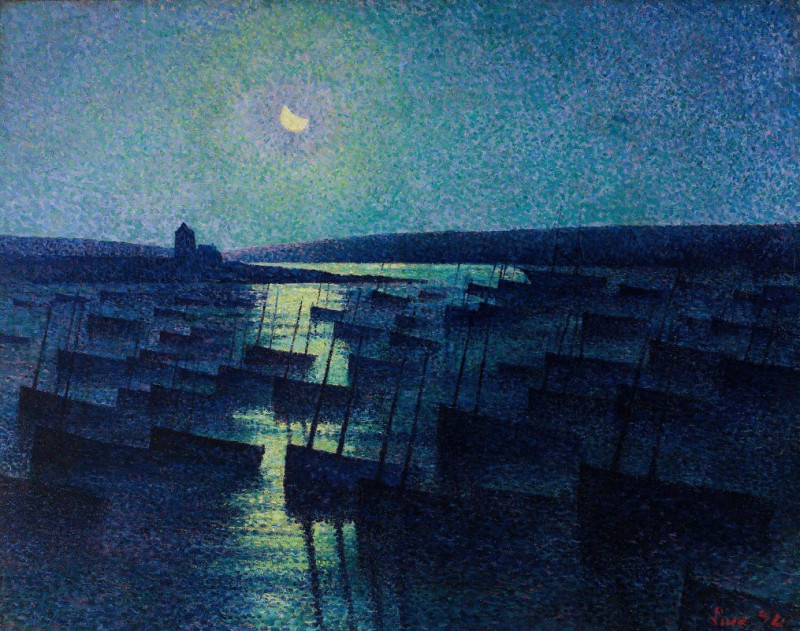
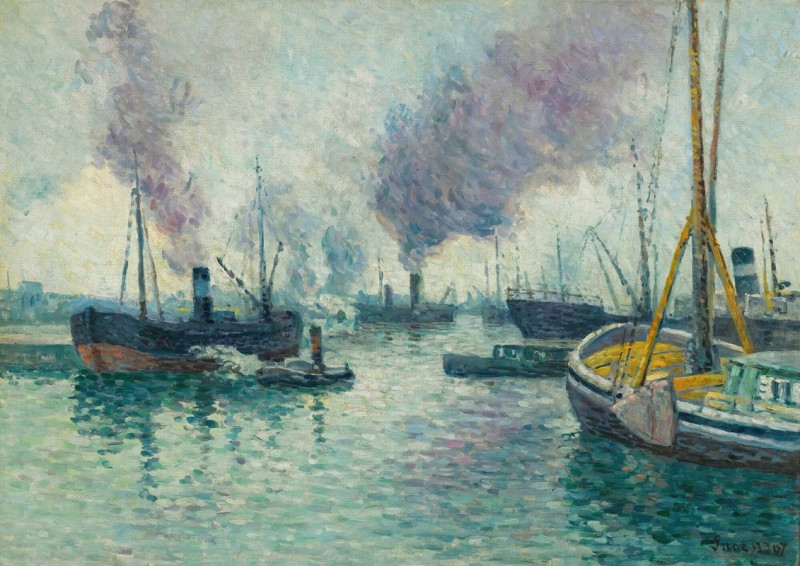
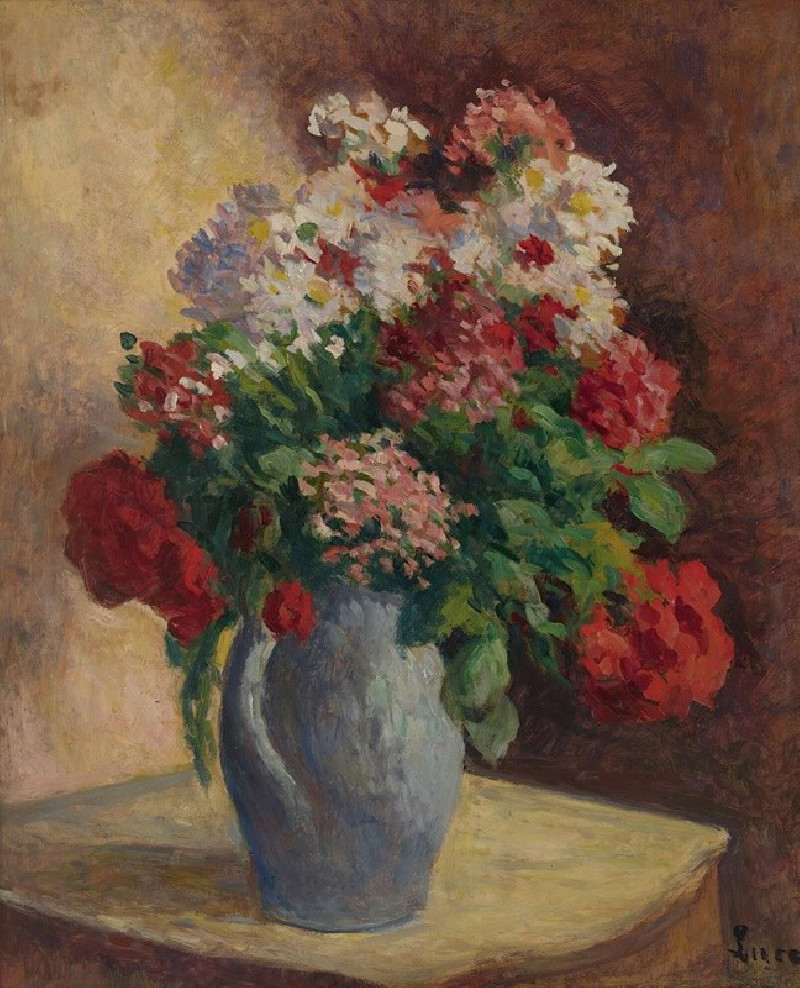
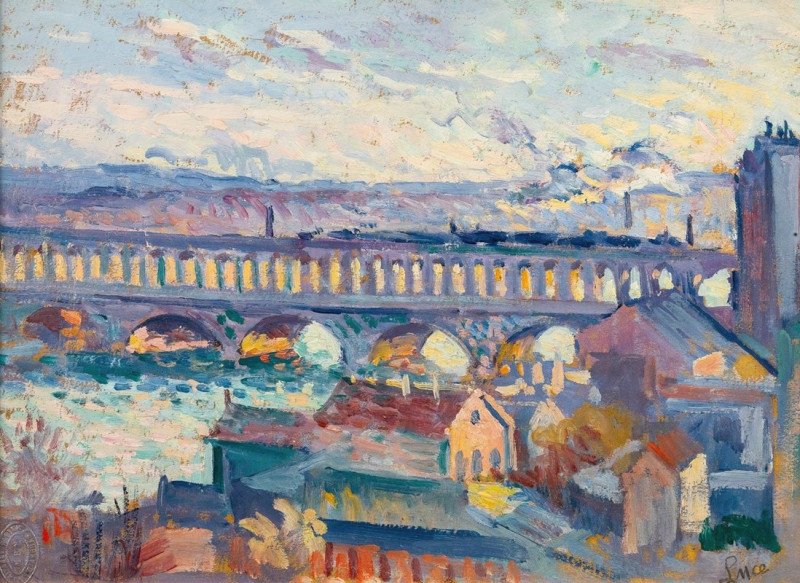

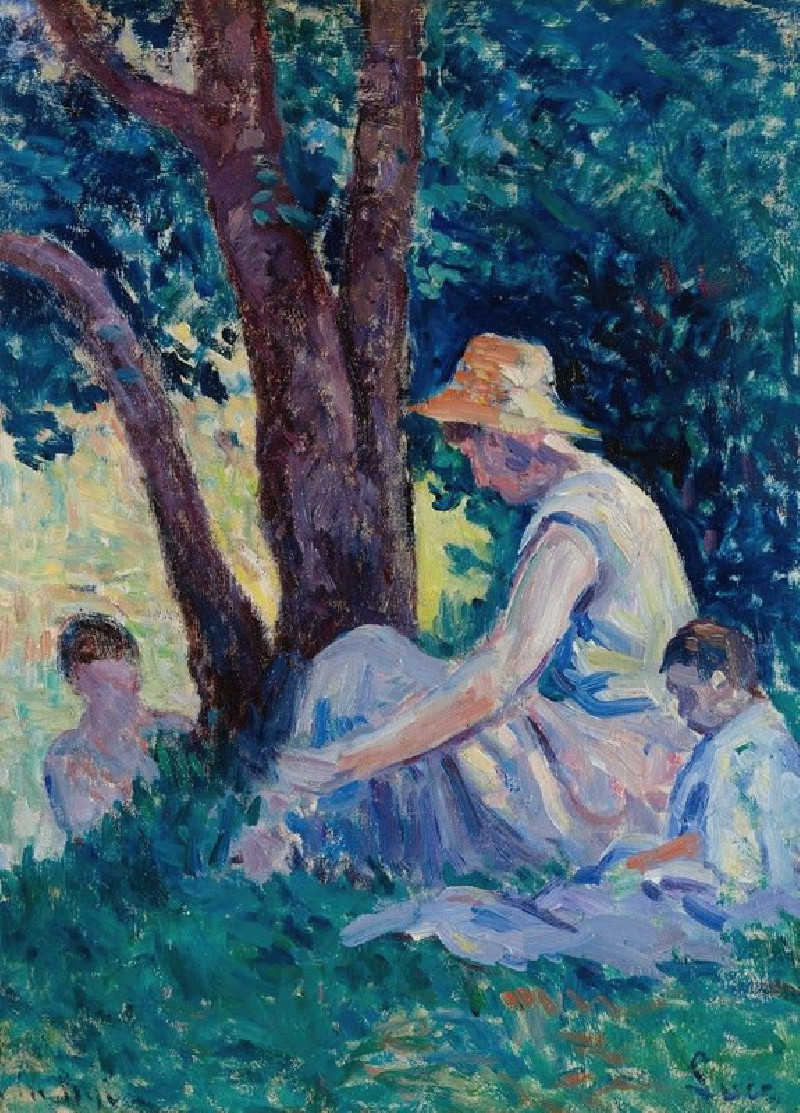
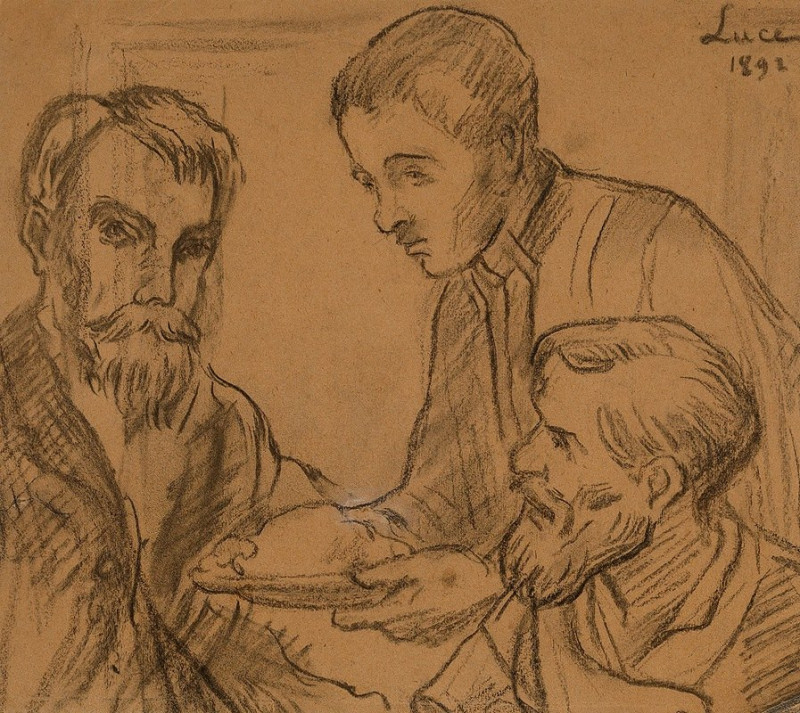
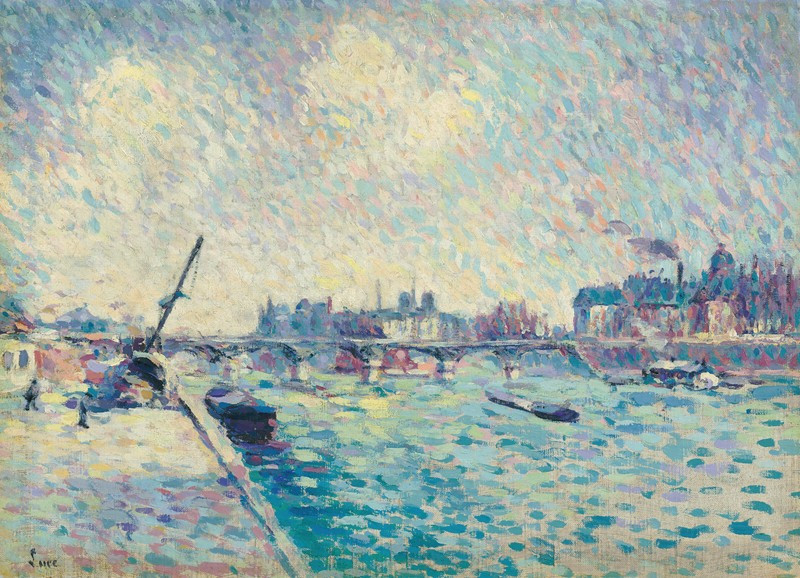
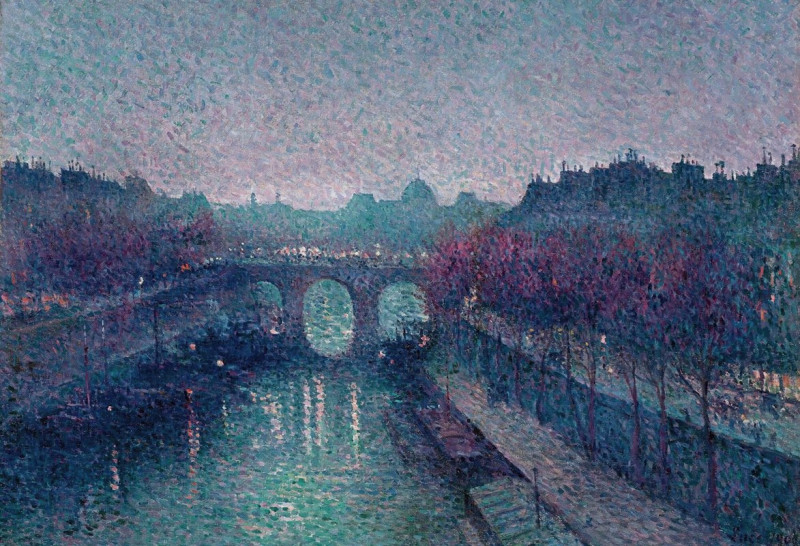
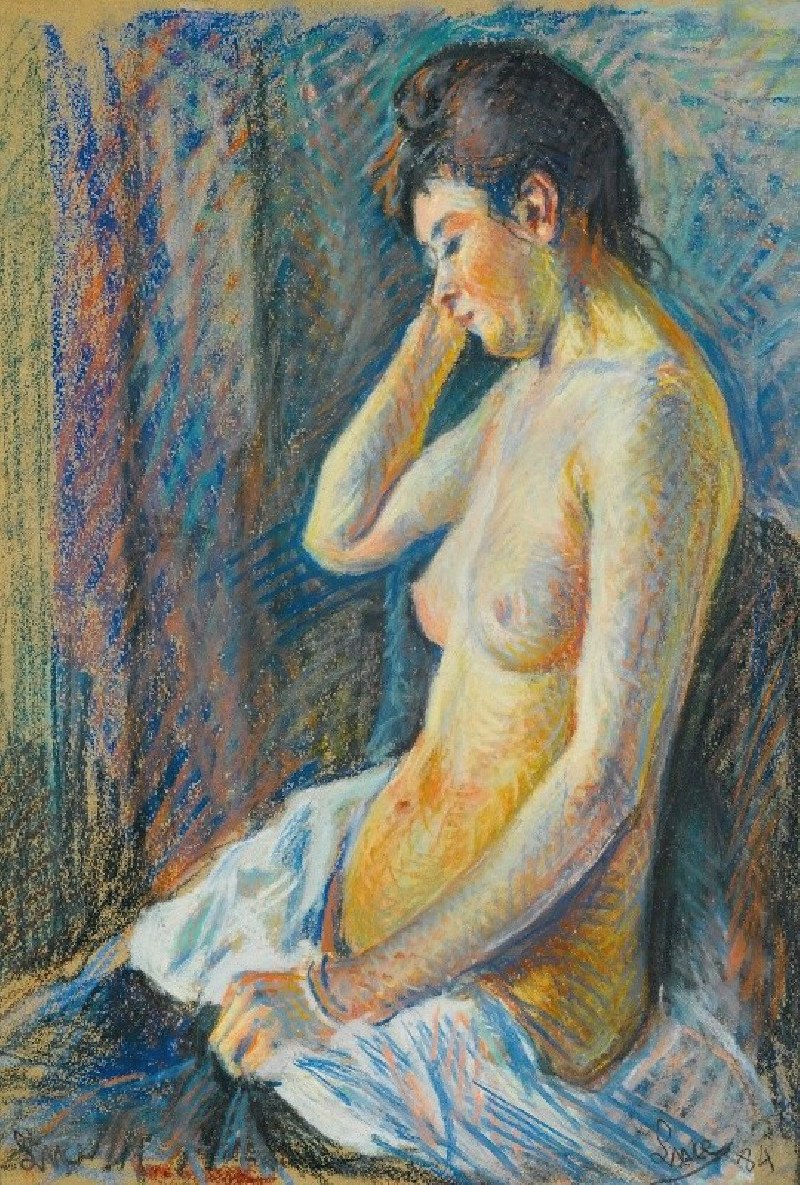
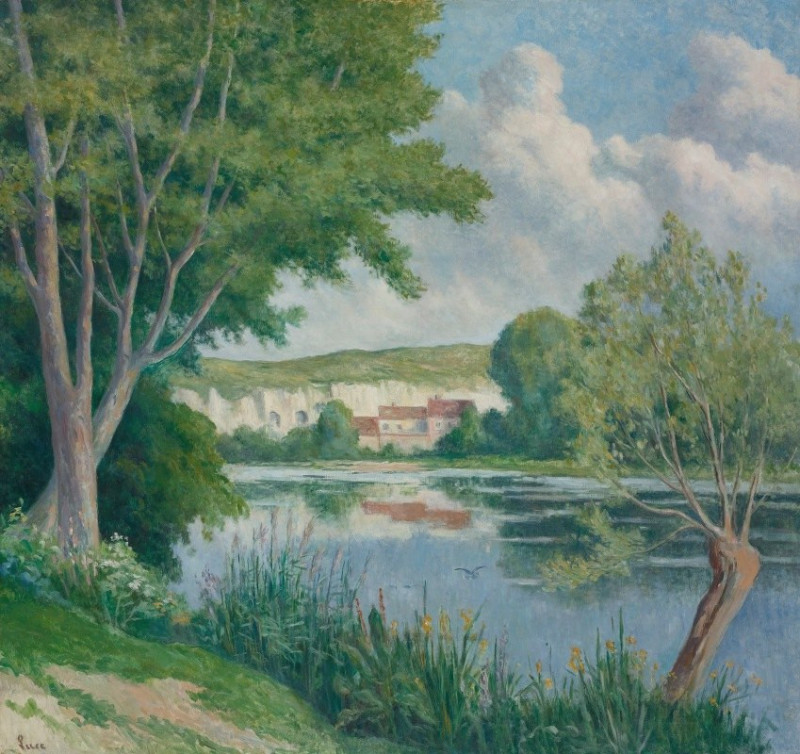
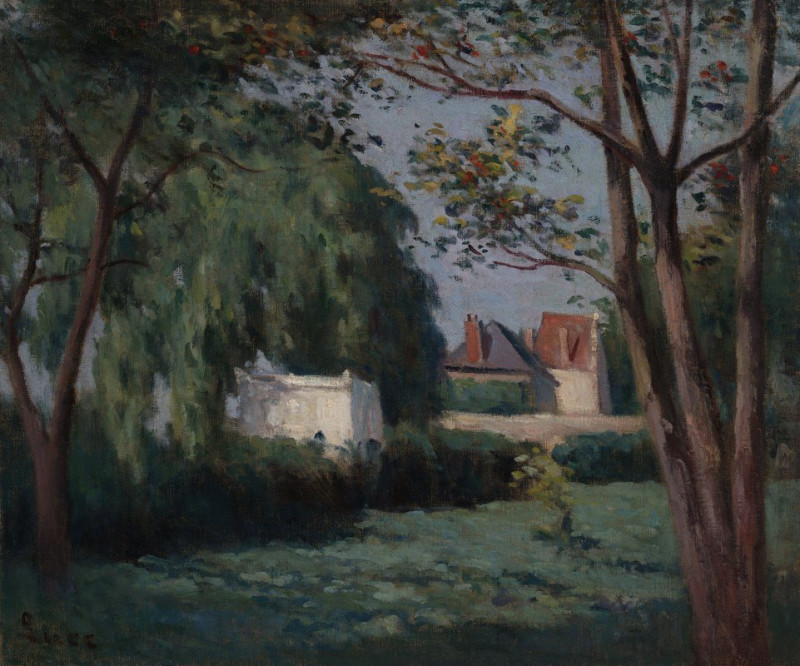
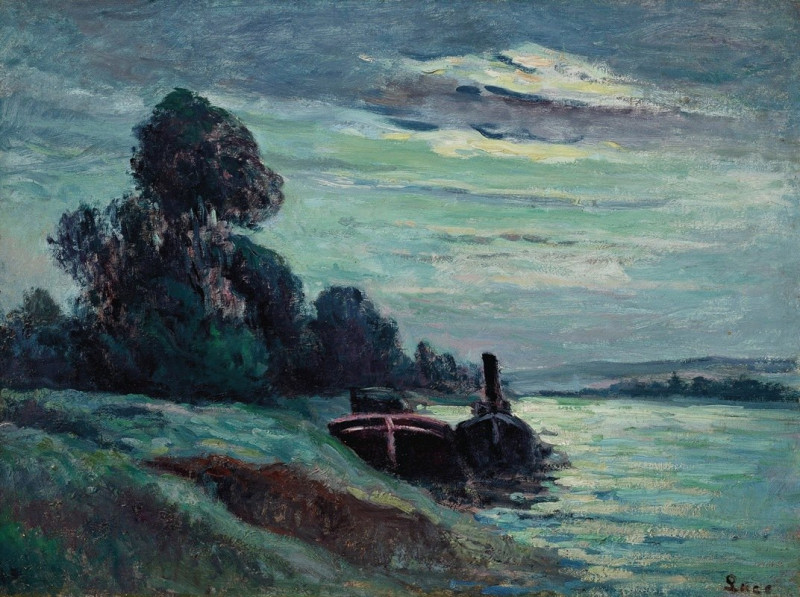
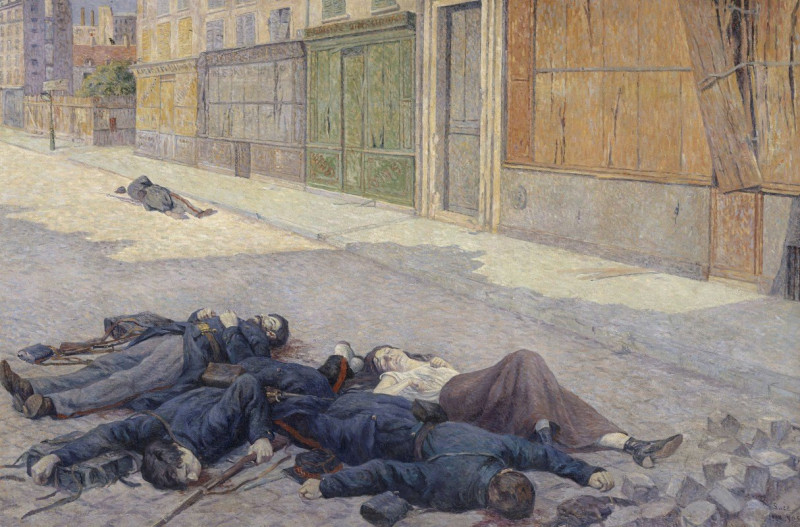
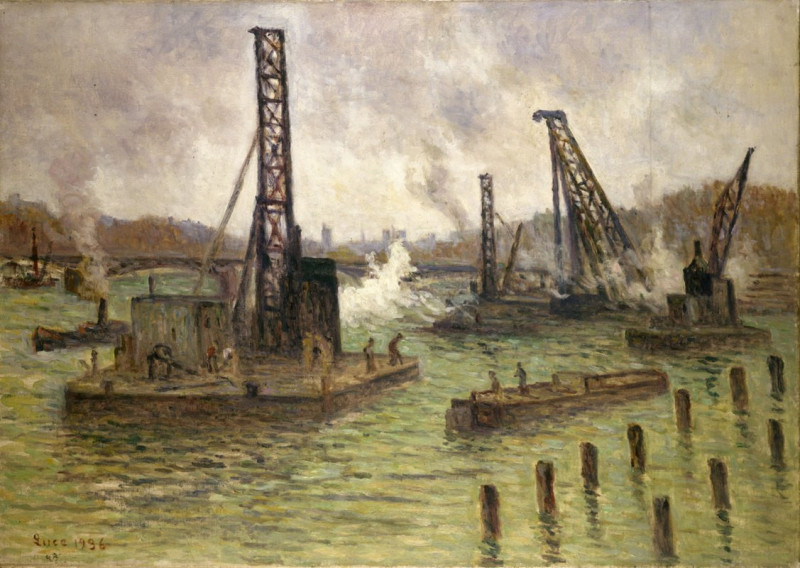
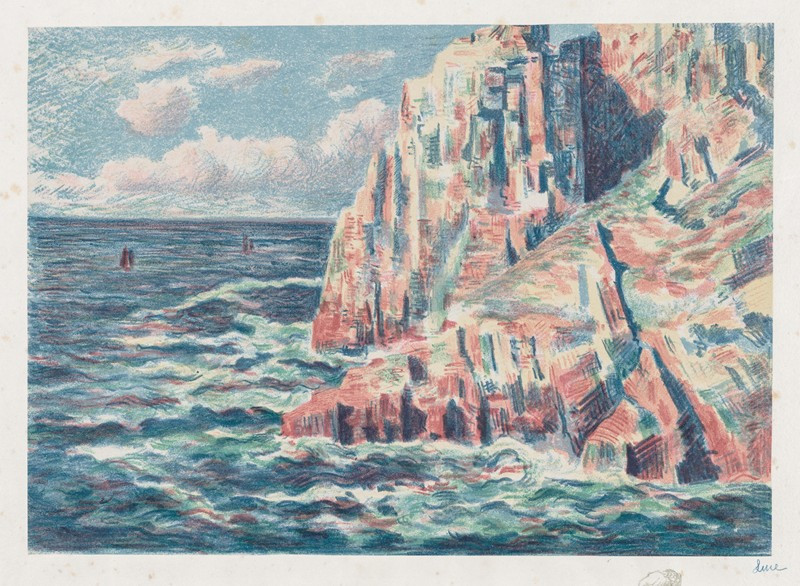
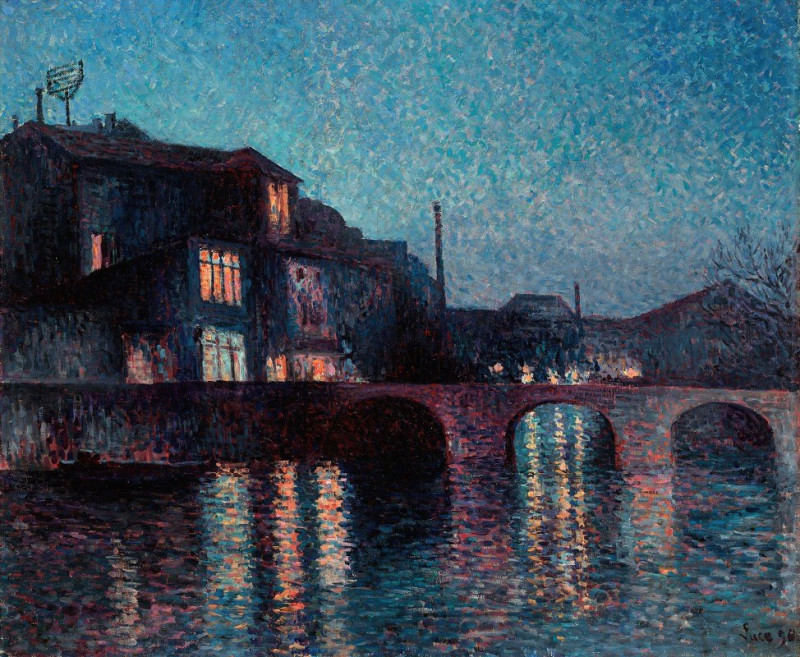
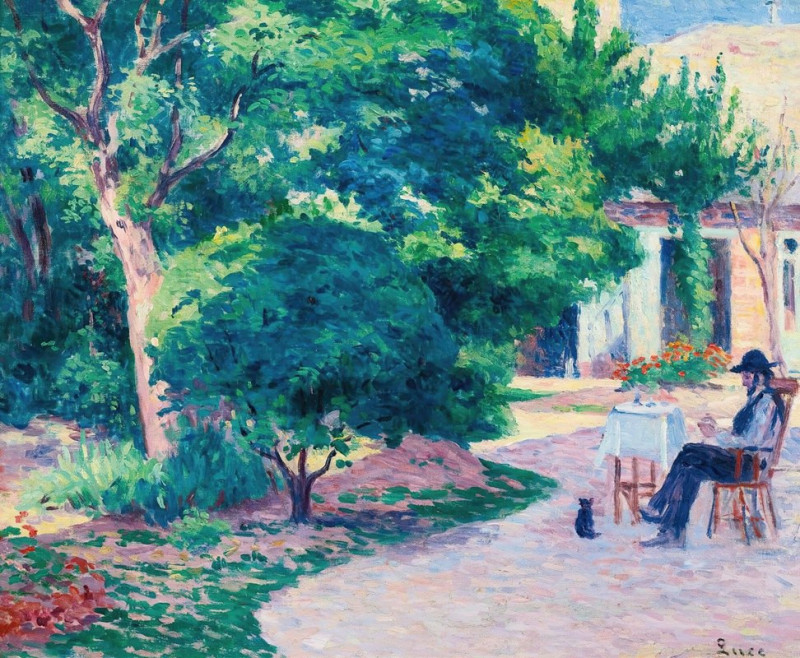
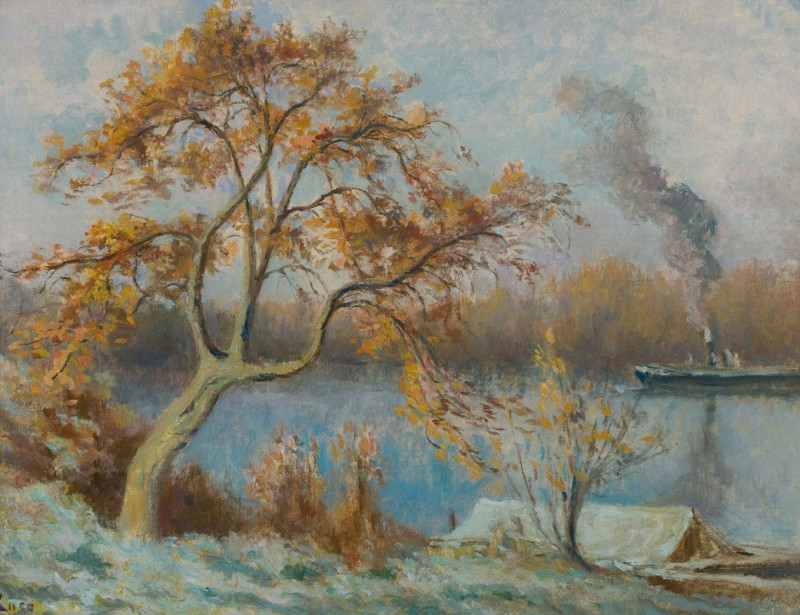
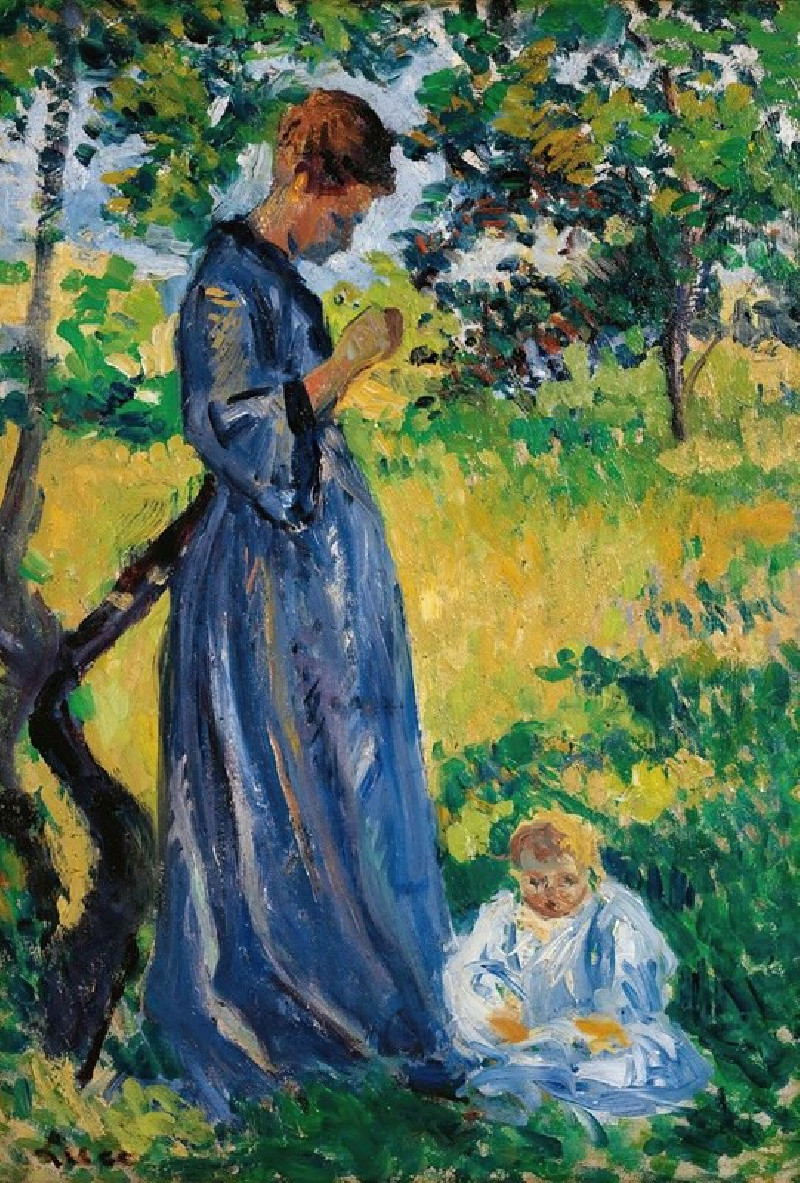
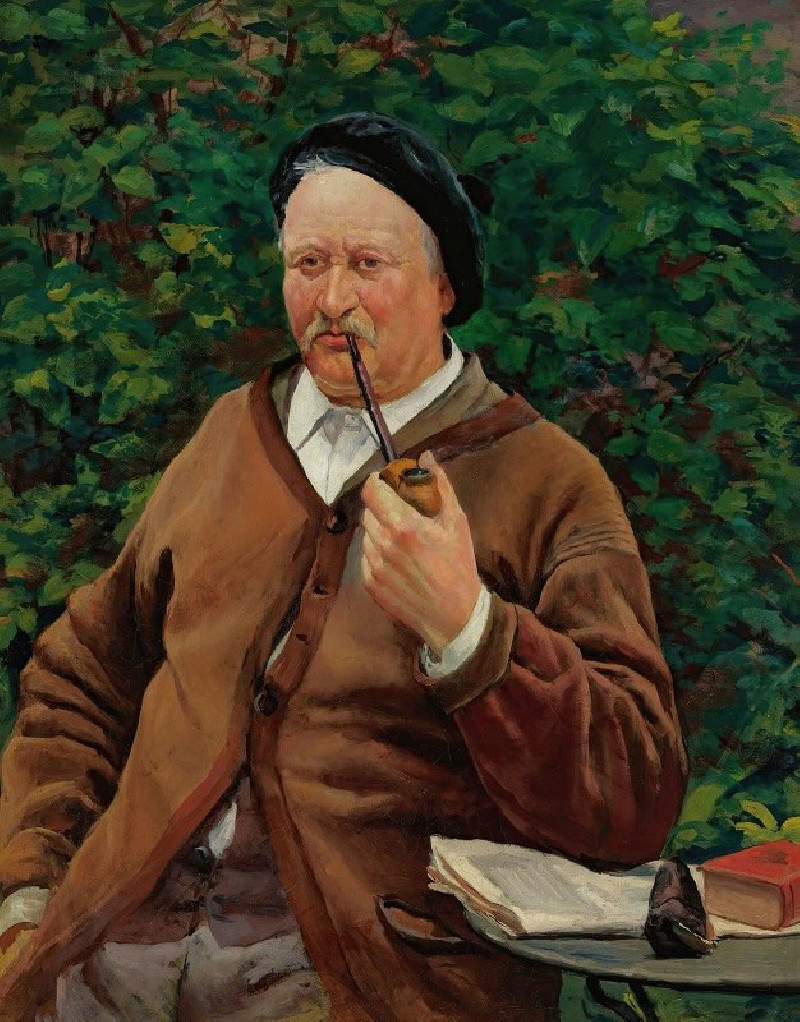
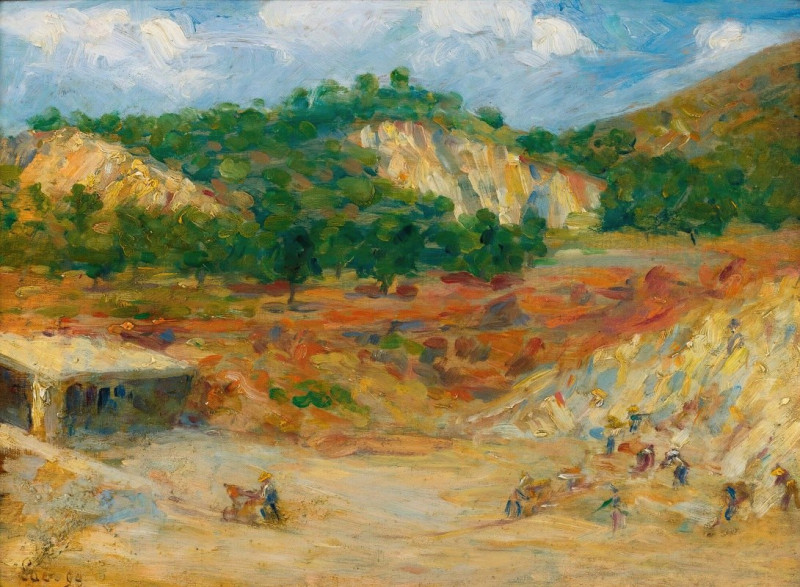
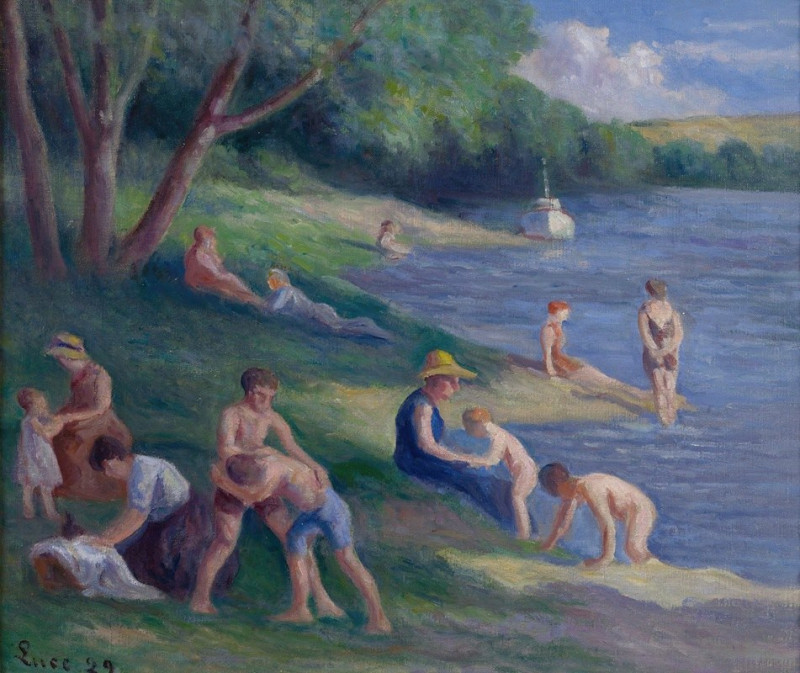
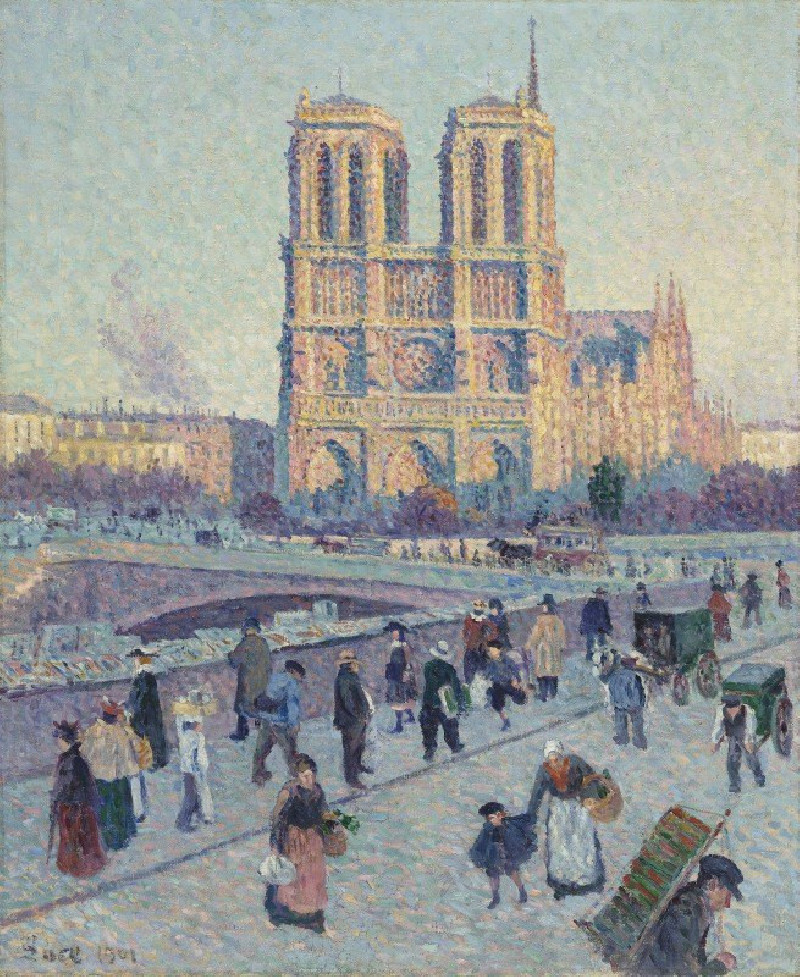


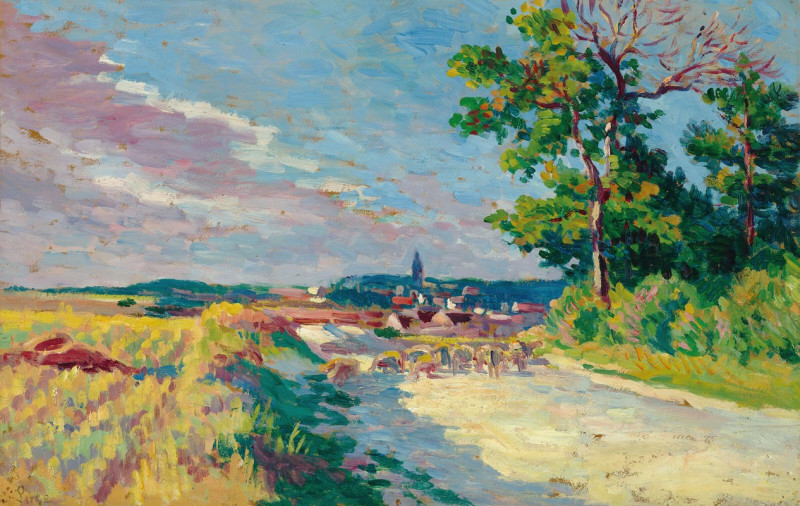
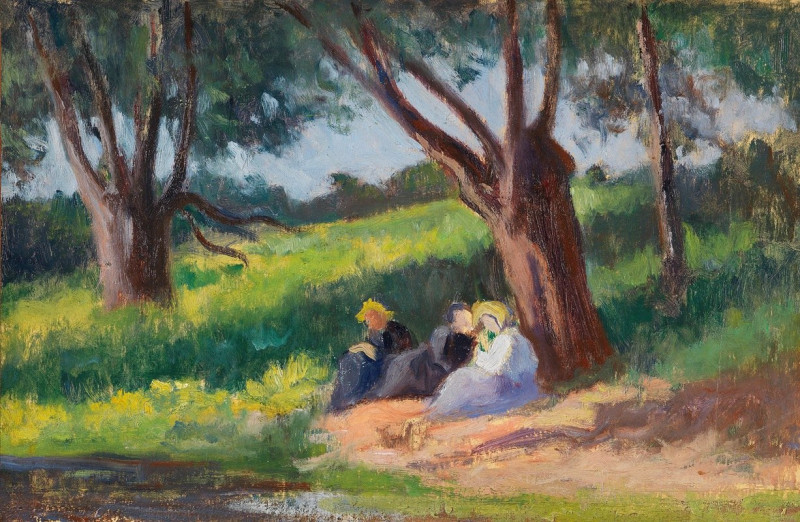
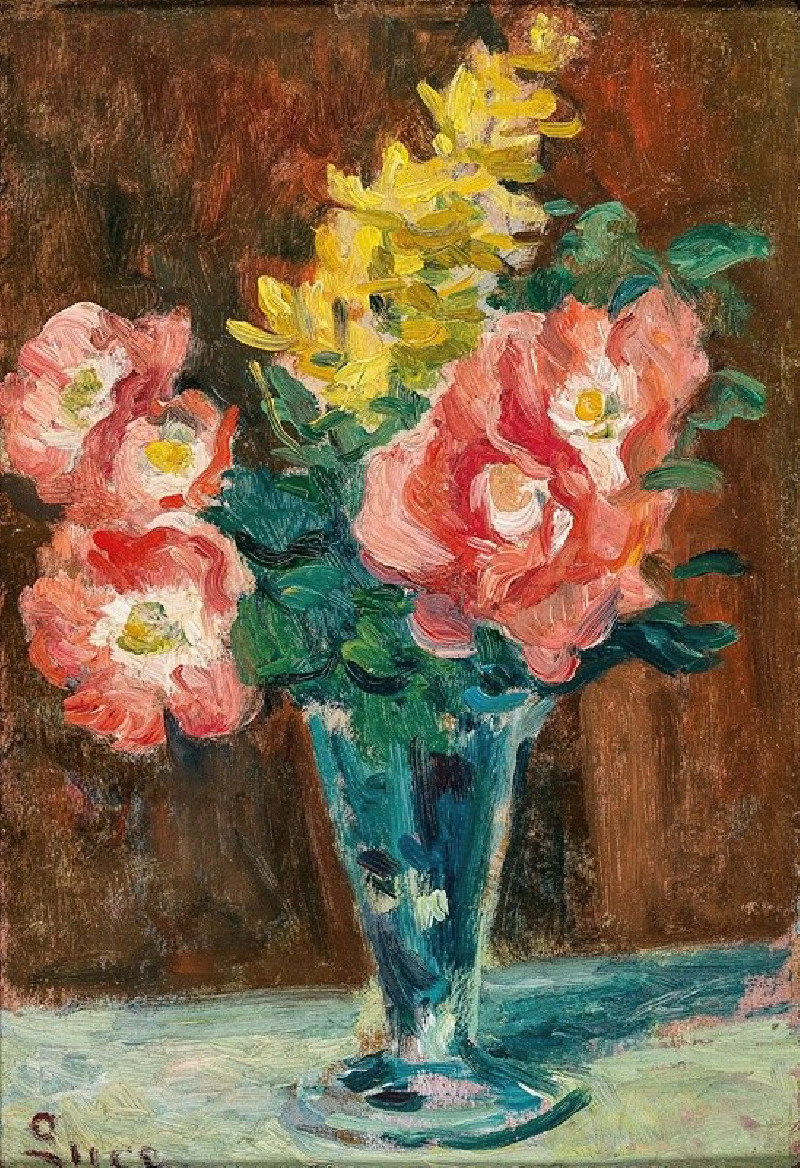
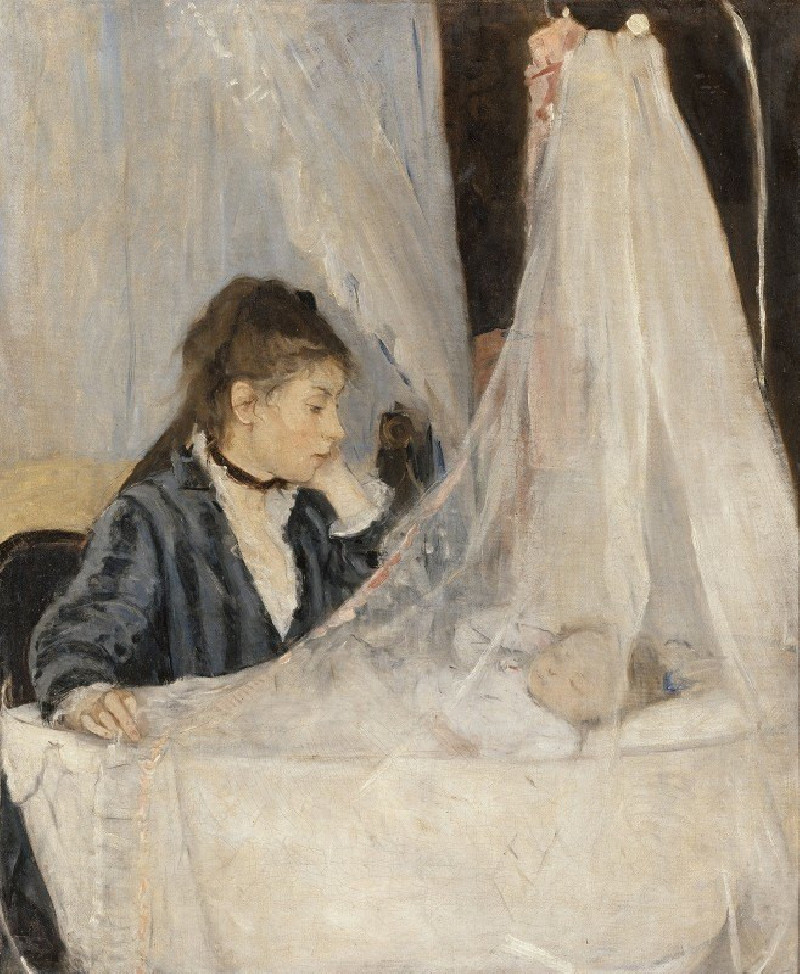
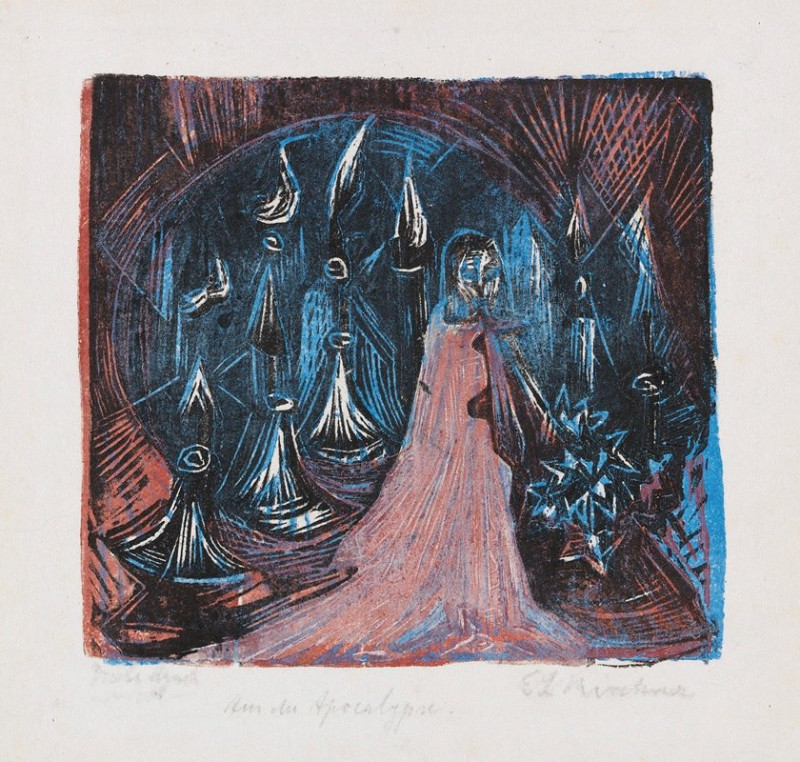
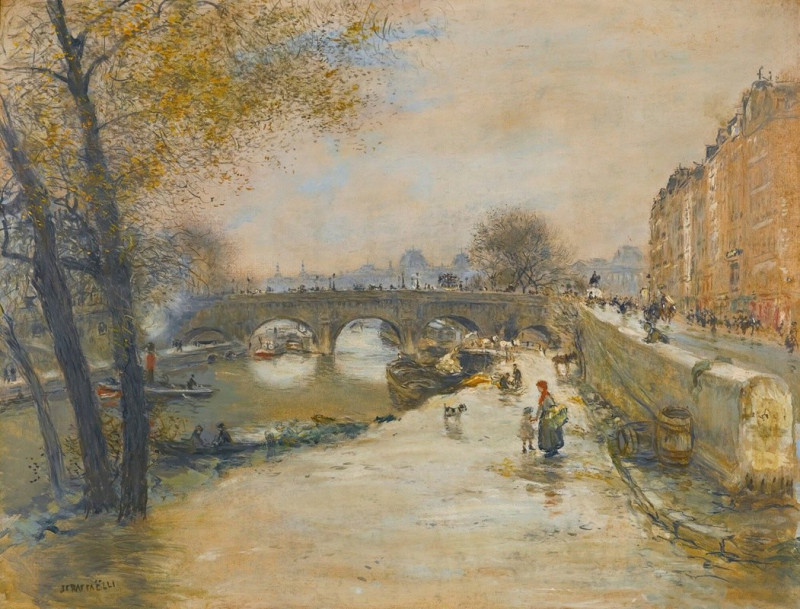
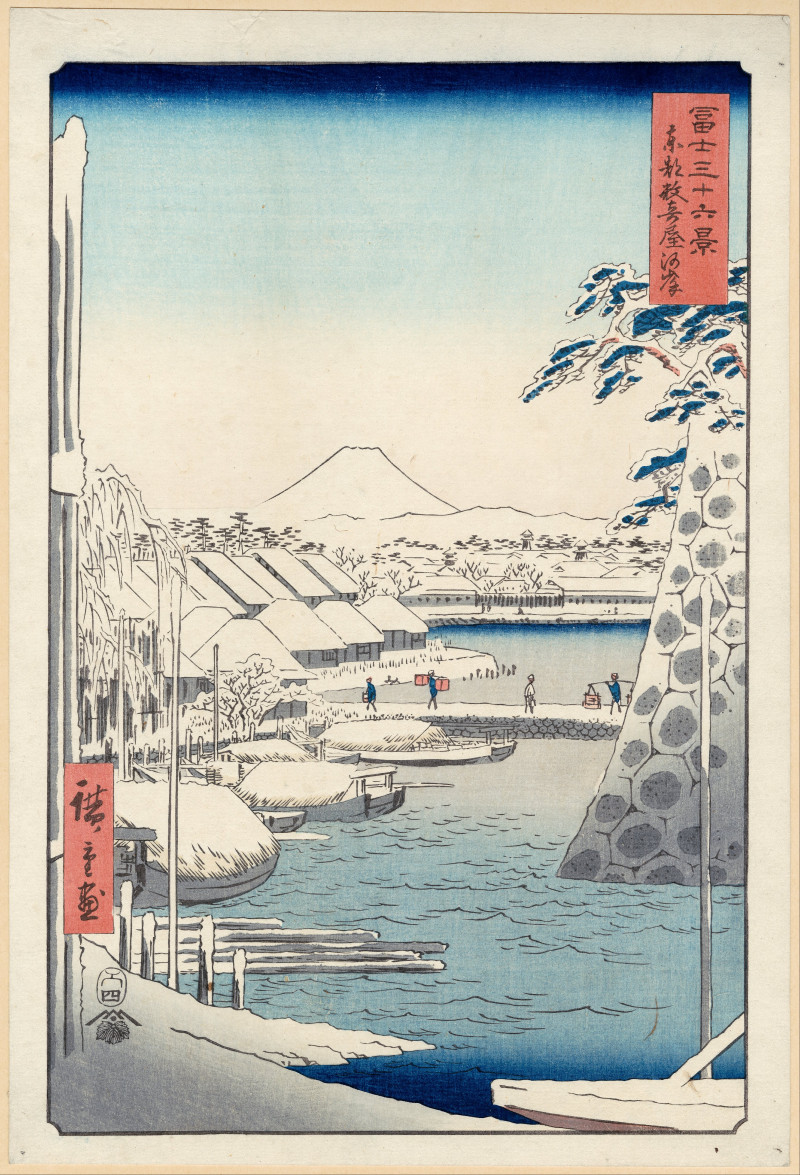
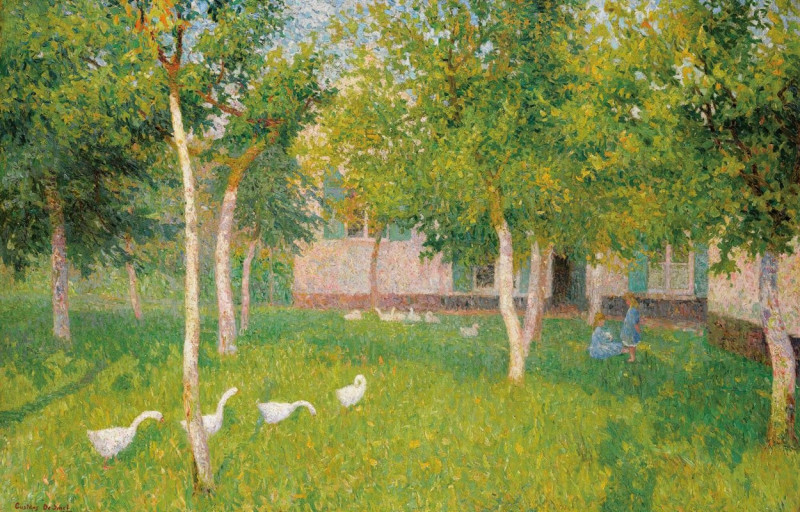
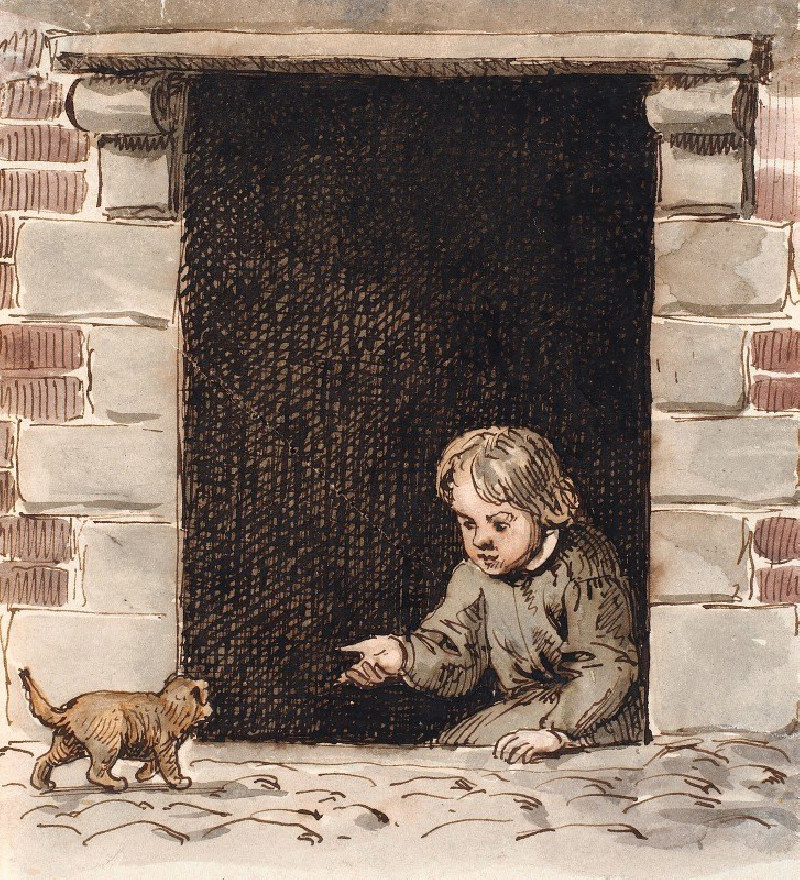
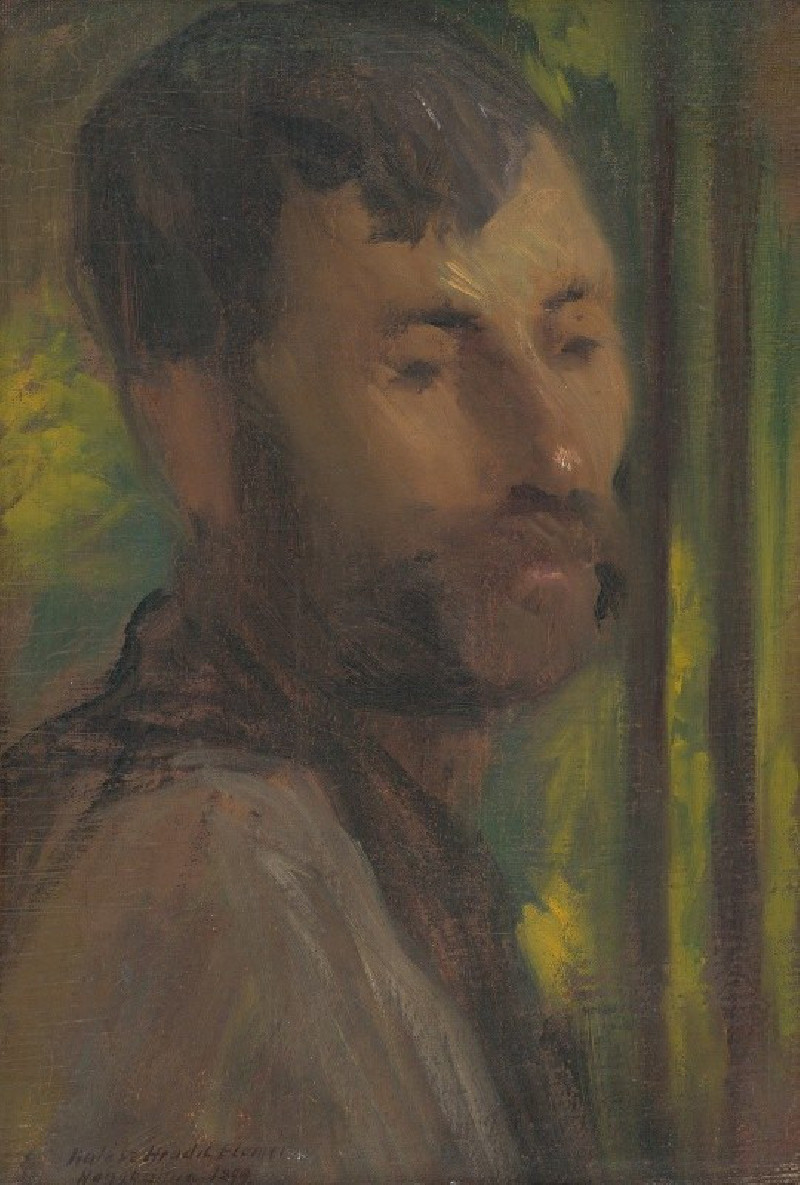
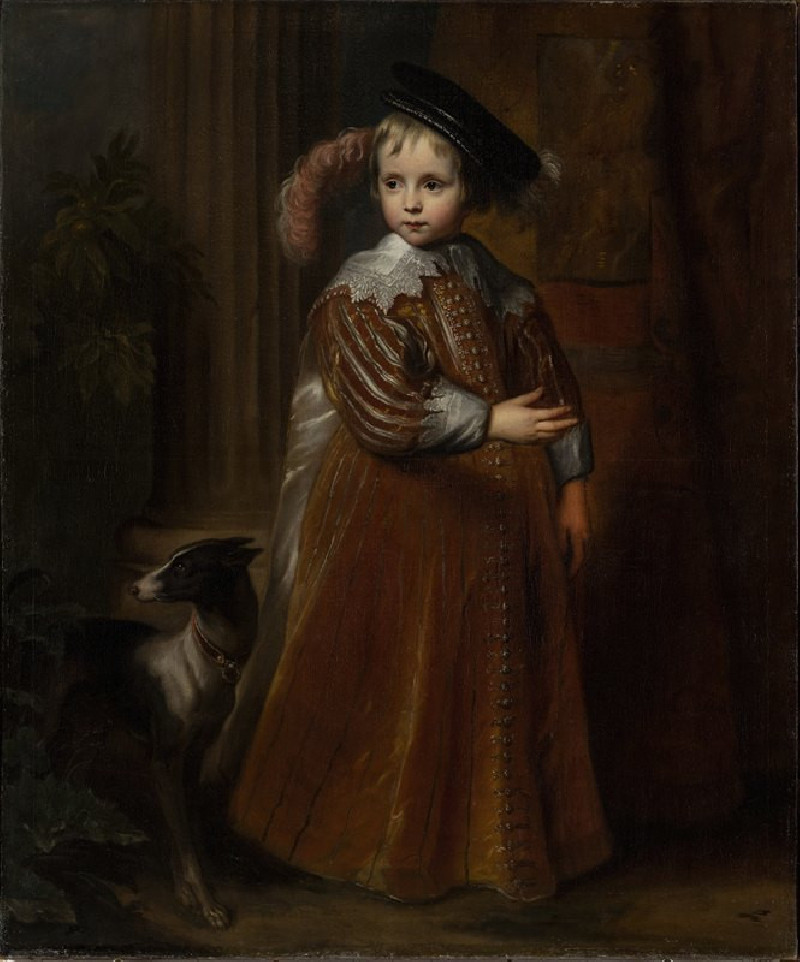

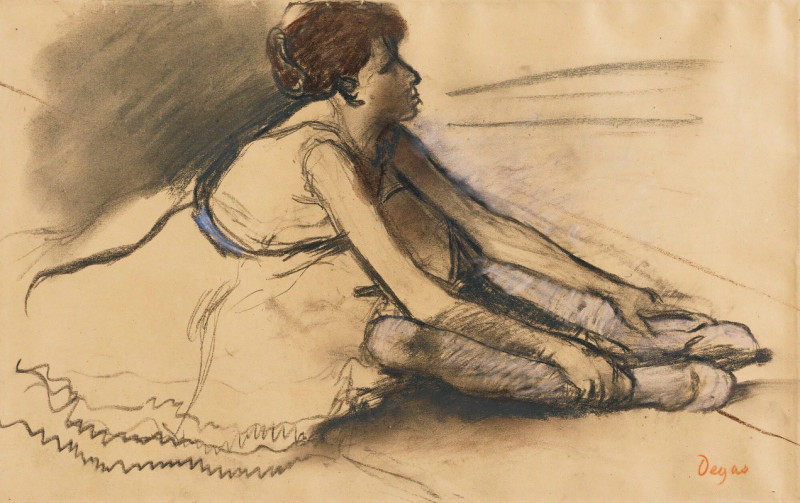
![Murichom to Choka [Chukha] (1783) reproduction of painting by Samuel Davis. ALL GICLEE PRINTS](https://reprodukcijos.lt/45026-large_default/reproduction-of-murichom-to-choka-chukha-1783.jpg)
